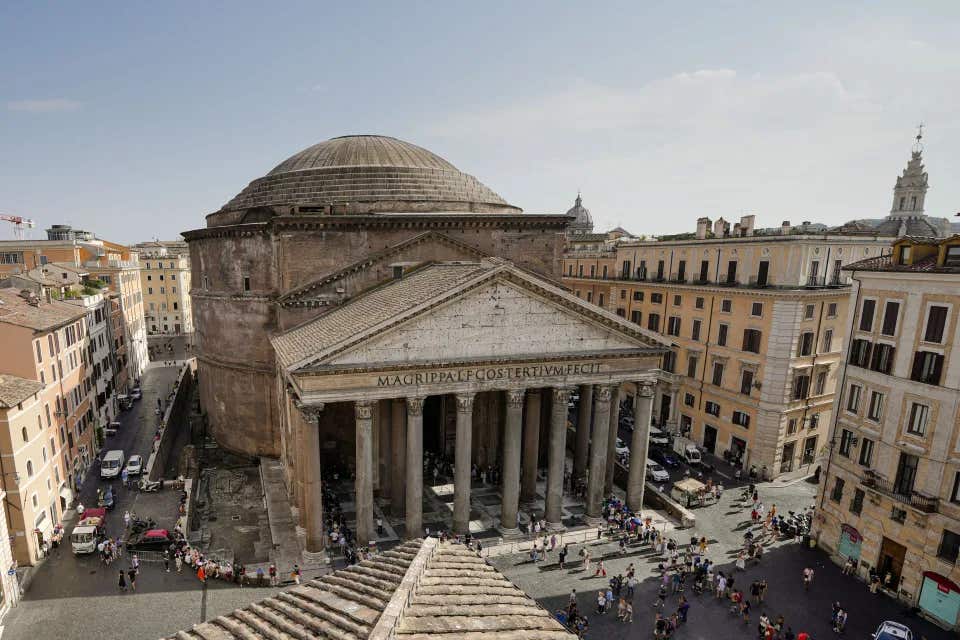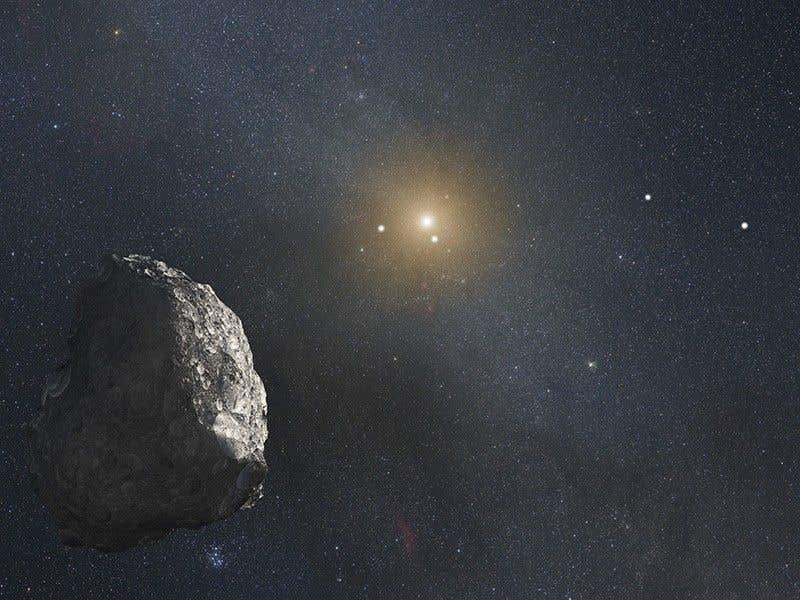The secrets of ancient Roman and Mayan construction can unlock a greener future
Researchers are turning to history, examining the wonders of ancient civilizations, to inspire a more sustainable future for construction.

[Oct. 4, 2023: Staff Writer, The Brighter Side of News]
Rome's Pantheon was built under Roman Emperor Augustus between 27-25 BC to celebrate all gods worshipped in ancient Rome. (CREDIT: Domenico Stinellis)
In a modern age defined by rapid technological advancements, researchers are turning to history, examining the wonders of ancient civilizations, to inspire a more sustainable future for construction.
The remnants of ancient builders’ craftsmanship, from the impressive concrete sea barriers by Roman engineers to the detailed plaster sculptures dedicated to the gods by Maya masons, continue to inspire awe. These structures, some millennia old, outlast many of today's structures built with modern concrete that barely last a century.
Why Look Backward to Move Forward?
Our crumbling infrastructures stand testament to the shortcomings of contemporary construction materials. Paradoxically, ancient construction methods might provide the key to lasting modern edifices. Researchers are therefore diving deep into history, studying texts and examining the material composition of ancient marvels.
Related Stories
Historical reverse engineering reveals intriguing ancient construction recipes with ingredients like tree bark, volcanic ash, and even beer and urine. Such unconventional materials imbued structures with impressive properties like self-healing.
“”
Carbon Footprint: A Modern Challenge
The construction sector today is a significant environmental offender, contributing over a third of global CO2 emissions. Given the urgency of climate change, reinventing construction techniques by taking cues from the ancients is not just nostalgic but critical.
Tourist walk through the Acropolis of Copan, an ancient Maya site in western Honduras. (CREDIT: Moises Castillo)
While modern concrete uses Portland cement, ancient Roman architects utilized burnt limestone and volcanic sand. These materials, combined in precise ratios, resulted in structures like the Pantheon and aqueducts that defy time.
“”
Recent studies by Admir Masic from MIT suggest the self-healing nature of Roman concrete is due to unevenly distributed lime chunks. As cracks form, water activates these lime pockets, inducing chemical reactions that heal the cracks.
The Ball Court at the Acropolis of Copan, an ancient Maya site in western Honduras. (CREDIT: Moises Castillo)
Marie Jackson, a geologist at the University of Utah, provides another perspective. She believes the specific volcanic materials the Romans used, which adapt over time interacting with the elements, are the key to the longevity of their concrete. “The concrete was so well designed that it sustains itself,” she commented.
Mayan Mastery: The Power of Trees
In the Mayan site Copan, Honduras, lime sculptures and temples have survived over a millennium. Researchers discovered that local masons, tracing their lineage to the Mayans, incorporated extracts from chukum and jiote trees in their lime mix, fortifying the material.
The Hieroglyphic Stairway ascends at the Acropolis of Copan, an ancient Maya site in western Honduras. (CREDIT: Moises Castillo)
“”
Other ancient construction secrets include the use of fruit extracts, milk, cheese curd, beer, and even sticky rice starch, as evidenced in China’s iconic Great Wall and Forbidden City.
The Element of Chance
Cecilia Pesce from the University of Sheffield hypothesizes that the ancients may not always have been strategic. Some ancient builders might have thrown in whatever was available, and "now, we only have the buildings that survived," she notes. However, there are examples of deliberate strategy, like in India, where builders adjusted materials based on regional conditions.
Visitors walk along the Jinshanling section of the Great Wall of China in northern China's Hebei Province. (CREDIT: Mark Schiefelbein)
Despite the benefits of ancient construction, it's not feasible to replicate their methods exactly. For instance, ancient Roman concrete may endure, but it lacks the strength for skyscrapers. The goal, therefore, is to combine old wisdom with contemporary techniques.
“”
To this end, researchers are integrating the unique features of ancient materials into modern constructions. Masic, for example, is part of a startup aiming to use Roman-inspired “self-healing” concrete in new constructions.
While the exact replication of ancient methods might be impractical for today's advanced structures, they serve as a blueprint. By extending the longevity of modern constructions even by half a century, the environmental and economic benefits would be immense.
For more science and technology news stories check out our New Innovations section at The Brighter Side of News.
Note: Materials provided above by The Brighter Side of News. Content may be edited for style and length.
Like these kind of feel good stories? Get the Brighter Side of News' newsletter.



